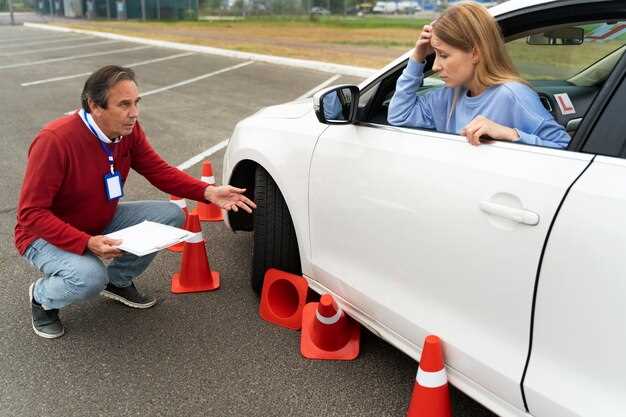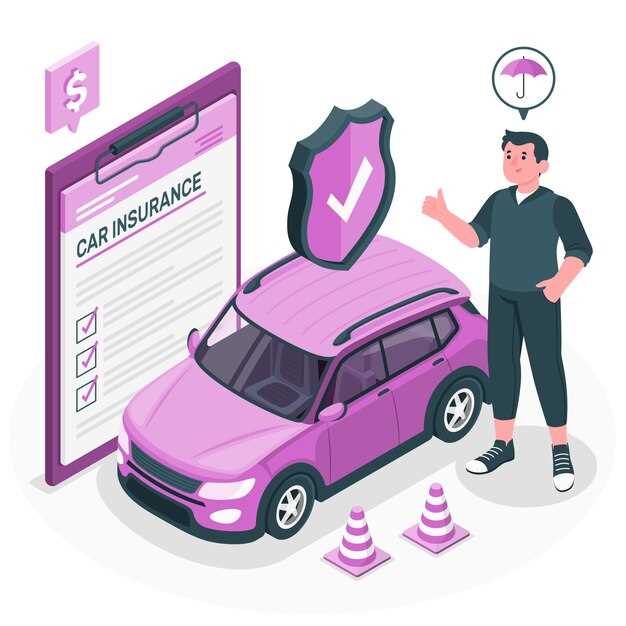
Understanding car crash safety ratings

When it comes to choosing a new vehicle, safety is often a top priority for drivers and their families. Understanding car crash safety ratings is essential in making an informed choice. These ratings provide valuable insights into how well a vehicle protects its occupants during an accident, helping consumers weigh their options more effectively.
The rating system typically evaluates a vehicle based on various crash tests and safety features, such as advanced airbag systems, structural integrity, and accident avoidance technology. Different organizations, such as the National Highway Traffic Safety Administration (NHTSA) and the Insurance Institute for Highway Safety (IIHS), conduct these assessments and publish their findings for the public. This information can guide drivers towards making safer choices when selecting a new car.
By considering these ratings, individuals can better understand the potential risks associated with different types of vehicles and choose one that aligns with their safety needs. Ultimately, being informed about car crash safety ratings not only supports personal well-being but also promotes a culture of safety on the roads.
How to Interpret Vehicle Safety Ratings from Crash Tests

Understanding vehicle safety ratings is crucial for making informed choices when purchasing a car. These ratings, derived from rigorous crash tests conducted by organizations such as the National Highway Traffic Safety Administration (NHTSA) and the Insurance Institute for Highway Safety (IIHS), provide vital insights into how well a vehicle can protect its occupants in the event of a collision.
When you review safety ratings, focus on the overall star rating or score assigned to the vehicle. Higher ratings generally indicate better performance in crash tests, with five stars or a “Top Safety Pick” designation signifying superior safety. However, it’s important to delve deeper into specific categories such as frontal impact, side impact, and rollover resistance, as these aspects help assess different types of crash scenarios.
Additionally, pay attention to the availability of advanced safety features in conjunction with the ratings. Many modern vehicles come equipped with systems like automatic emergency braking, lane-keeping assist, and adaptive cruise control, which enhance overall safety and can influence your choice significantly. Ratings are often accompanied by details on how well these features perform during tests.
Finally, consider the context of the safety ratings. A vehicle’s performance may vary based on its size, type, and intended use. Larger vehicles like SUVs might score differently in rollover tests compared to smaller sedans. Always compare safety ratings within similar vehicle classes to ensure a fair evaluation. This comprehensive understanding will empower you to make a safer choice when selecting your next vehicle.
Key Factors Influencing Vehicle Safety Ratings You Should Know

When assessing vehicle safety ratings, several critical factors come into play. One of the primary elements is the vehicle’s structure. A strong and well-engineered chassis can better withstand impacts, thereby protecting the occupants during a crash.
Another important aspect is the presence of advanced safety technologies, such as electronic stability control, anti-lock braking systems, and collision avoidance systems. These features enhance the vehicle’s performance in preventing accidents and minimizing injury in the event of a crash.
Crash test results significantly influence safety ratings. Organizations like the National Highway Traffic Safety Administration (NHTSA) and the Insurance Institute for Highway Safety (IIHS) conduct rigorous tests to evaluate how well vehicles perform in various types of collisions. Higher scores in these tests correlate with better safety ratings.
Occupant protection is also a vital consideration. The effectiveness of seat belts, airbags, and head restraints plays a significant role in ensuring safety. Vehicles designed with crumple zones can absorb crash energy, reducing the force experienced by passengers.
Lastly, the vehicle’s size and weight contribute to its safety ratings. Generally, larger and heavier vehicles tend to provide more protection in crashes compared to smaller ones, due to their mass and structural integrity.
Choosing the Right Vehicle: Balancing Safety Ratings and Price
When selecting a vehicle, one of the most critical choices you’ll make is balancing safety ratings with your budget. Safety ratings provide essential insights into how well a vehicle protects its occupants during a crash, but they often come at varying price points. Understanding how to navigate these factors can significantly impact your overall satisfaction and peace of mind.
Firstly, it’s important to research the safety ratings of different vehicles. Regulatory bodies, such as the National Highway Traffic Safety Administration (NHTSA) and the Insurance Institute for Highway Safety (IIHS), provide comprehensive ratings based on extensive crash tests. Vehicles that receive high ratings typically come equipped with advanced safety features such as multiple airbags, anti-lock brakes, and electronic stability control, which can contribute to a higher price tag.
However, a higher price does not always guarantee better safety. Some models may have additional features that enhance comfort or luxury but don’t necessarily improve crash performance. Thus, it is vital to assess whether the added expense aligns with your safety priorities, especially if you have specific needs such as child safety or frequent long-distance travel.
Another aspect to consider is the long-term costs associated with vehicle ownership. A vehicle with excellent safety ratings may justify a higher initial purchase price if it leads to lower insurance premiums and reduced repair costs in the event of an accident. Evaluating total cost of ownership can provide a clearer picture of how a vehicle’s safety rating translates to real-world savings.
Ultimately, making an informed choice requires balancing your safety requirements with financial considerations. Test-driving various models, consulting online resources, and discussing options with dealers can help ensure you find a vehicle that matches both your safety expectations and your budget.